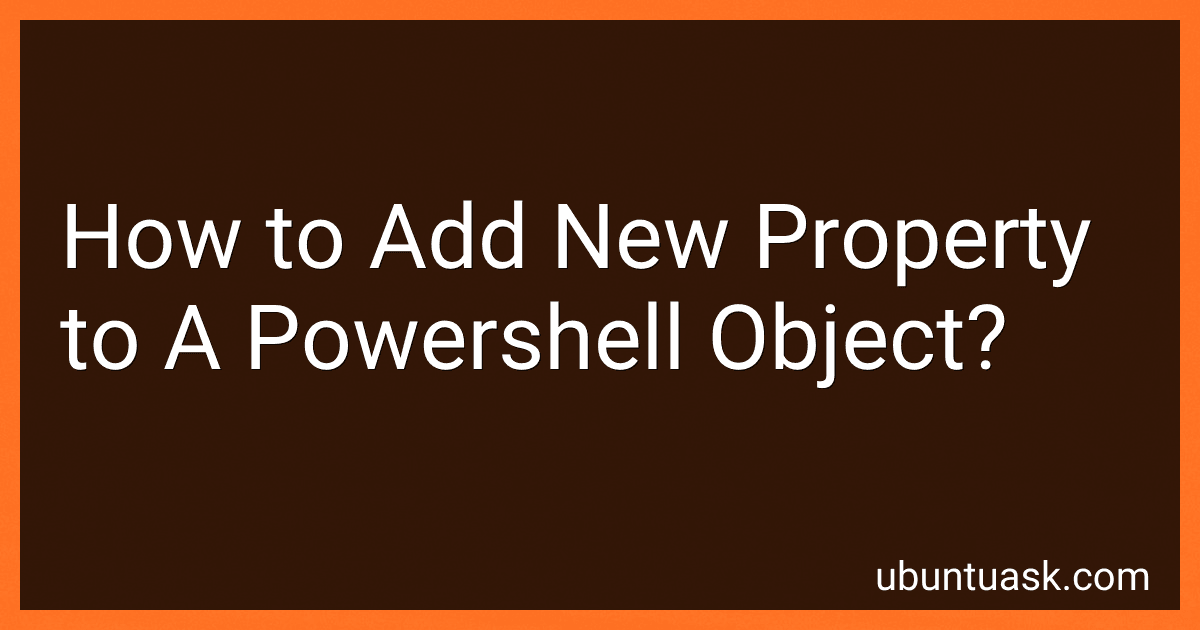Best PowerShell Tools to Buy in December 2025
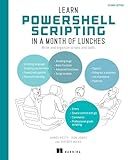
Learn PowerShell Scripting in a Month of Lunches, Second Edition: Write and organize scripts and tools


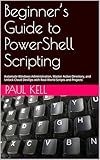
Beginner’s Guide to PowerShell Scripting: Automate Windows Administration, Master Active Directory, and Unlock Cloud DevOps with Real-World Scripts and Projects


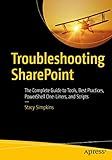
Troubleshooting SharePoint: The Complete Guide to Tools, Best Practices, PowerShell One-Liners, and Scripts


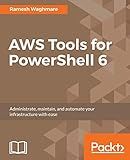
AWS Tools for PowerShell 6: Administrate, maintain, and automate your infrastructure with ease


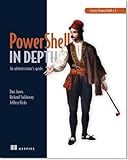
Learn PowerShell Toolmaking in a Month of Lunches


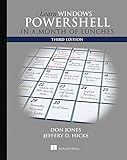
Learn Windows PowerShell in a Month of Lunches


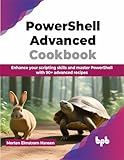
PowerShell Advanced Cookbook: Enhance your scripting skills and master PowerShell with 90+ advanced recipes (English Edition)


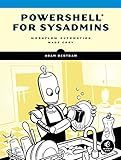
PowerShell for Sysadmins: Workflow Automation Made Easy


To add a new property to a PowerShell object, you can use the following syntax:
$myObject = [PSCustomObject]@{ ExistingProperty1 = "Value1" ExistingProperty2 = "Value2" }
$myObject | Add-Member -MemberType NoteProperty -Name NewProperty -Value "NewValue"
In this example, the $myObject object is created with two existing properties. The Add-Member cmdlet is then used to add a new property named NewProperty with the value of NewValue to the object.
How to check if a property already exists in a PowerShell object before adding a new one?
You can check if a property already exists in a PowerShell object by using the PSObject class and the Members property. Here is an example code snippet that demonstrates how to do this:
# Create an example object $obj = [PSCustomObject]@{ Name = "John" Age = 30 }
Check if property "Name" exists in the object
if ($obj.PSObject.Properties.Name -contains "Name") { Write-Host "Property 'Name' already exists in the object." } else { Write-Host "Property 'Name' does not exist in the object." }
In this example, we use the PSObject.Properties.Name property to check if the property "Name" already exists in the object $obj. If the property exists, the script will output "Property 'Name' already exists in the object.". Otherwise, it will output "Property 'Name' does not exist in the object.".
How to serialize and deserialize PowerShell objects with added properties?
In order to serialize and deserialize PowerShell objects with added properties, you can use the Export-Clixml and Import-Clixml cmdlets. Here is an example code snippet to demonstrate this:
# Create a custom object with added properties $object = New-Object PSObject -Property @{ Name = "John" Age = 30 Location = "New York" }
Add extra properties to the object
$object | Add-Member -MemberType NoteProperty -Name "Occupation" -Value "Engineer" $object | Add-Member -MemberType NoteProperty -Name "Hobbies" -Value @("Programming", "Reading")
Serialize the object to a XML file
$object | Export-Clixml -Path "C:\temp\object.xml"
Deserialize the object from the XML file
$deserializedObject = Import-Clixml -Path "C:\temp\object.xml"
Display the deserialized object
Write-Output $deserializedObject
In this code, we first create a custom object with some properties using the New-Object cmdlet. We then add additional properties to the object using the Add-Member cmdlet. The object is then serialized to an XML file using the Export-Clixml cmdlet.
To deserialize the object, we use the Import-Clixml cmdlet and load the object from the XML file. Finally, we display the deserialized object using the Write-Output cmdlet.
By following these steps, you can serialize and deserialize PowerShell objects with added properties effectively.
How to add a new property to an existing PowerShell object?
To add a new property to an existing PowerShell object, you can use the Add-Member cmdlet. Here's an example:
$myObject = [PSCustomObject]@{ Name = "John" Age = 25 }
$myObject | Add-Member -Name "Address" -Value "123 Main Street" -MemberType NoteProperty
In this example, we create a custom object $myObject with existing properties Name and Age. We then use the Add-Member cmdlet to add a new property called Address with the value of "123 Main Street" to the $myObject object.
After running this code, the $myObject object will now have a new property Address with the value "123 Main Street".
How to use custom formatting when displaying objects with added properties in PowerShell?
- Define a custom format data file: Create a new file with a .ps1xml extension that defines the format for your custom object. This file should include instructions on how to format each property of your custom object.
- Register the custom format data file: Use the Update-FormatData cmdlet to register your custom format data file with PowerShell.
- Display your custom object using the custom formatting: Use the Format-Custom cmdlet to display your custom object with the formatting defined in your custom format data file.
Example:
- Define a custom format data file named CustomFormat.ps1xml:
- Register the custom format data file:
Update-FormatData -AppendPath C:\Path\To\CustomFormat.ps1xml
- Create a custom object and display it using the custom formatting:
$customObject = New-Object PSObject -Property @{ Property1 = "Value1" Property2 = "Value2" }
$customObject | Format-Custom -View CustomObject
This will display the custom object with the properties Property1 and Property2 formatted according to the instructions in the CustomFormat.ps1xml file.
What is the difference between adding a property and a method to a PowerShell object?
In PowerShell, properties and methods are both members of an object, but they serve different purposes and have different characteristics.
- Properties:
- Properties are used to store data values associated with an object.
- They can be used to store and retrieve information about an object, such as its name, size, or status.
- Properties are typically accessed using dot notation, such as $object.PropertyName.
- Properties are defined at the time the object is created or initialized and are usually static (unchanging).
- Methods:
- Methods are actions or functions that can be performed on an object.
- They are used to perform specific tasks or operations on the object, such as formatting, modifying, or interacting with the object's data.
- Methods are typically accessed using dot notation, such as $object.MethodName().
- Methods are defined as part of a class or scriptblock and can be dynamic (i.e., they can change or be updated).
In summary, properties store data values associated with an object, while methods perform actions or operations on the object. Properties are static and defined at object creation, while methods are dynamic and defined separately from the object.
